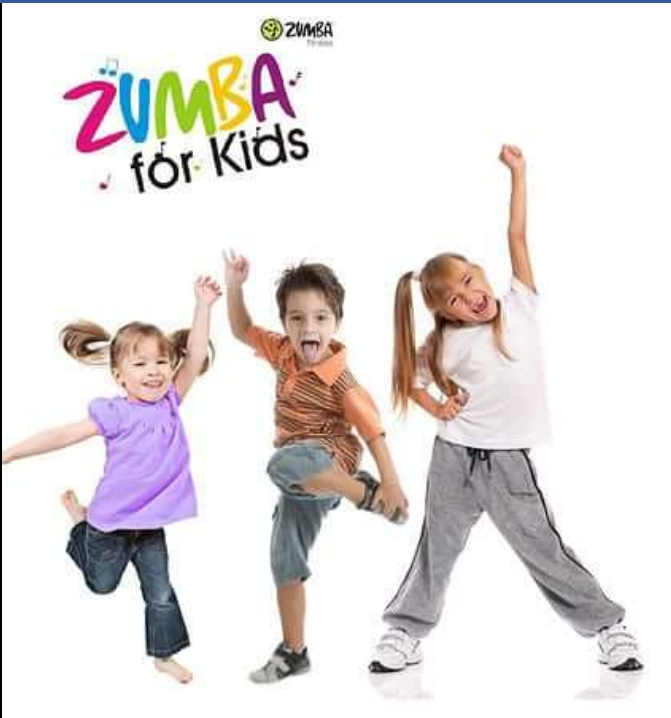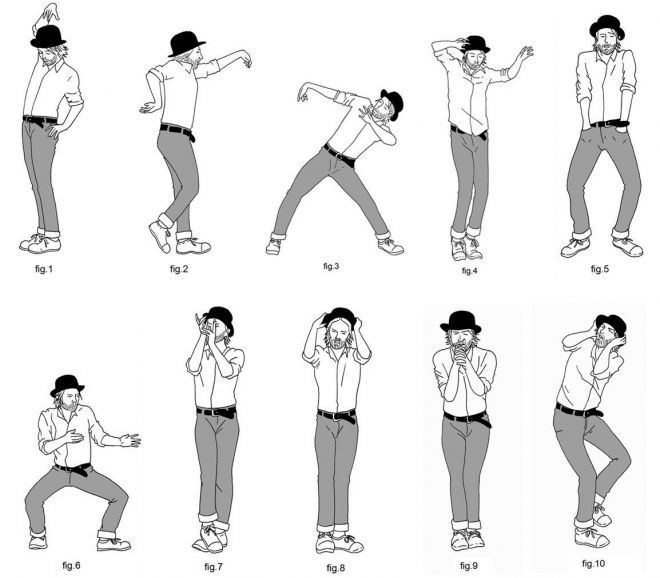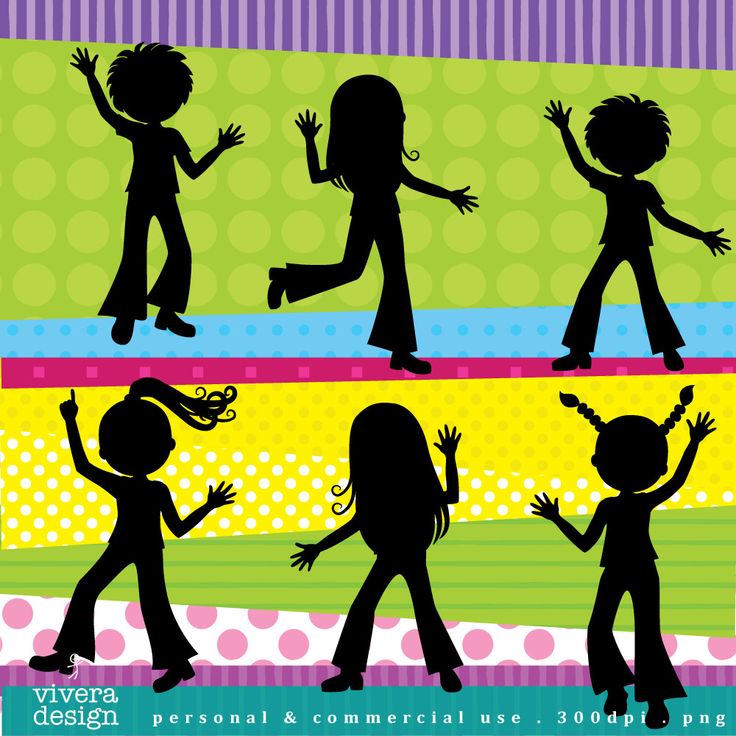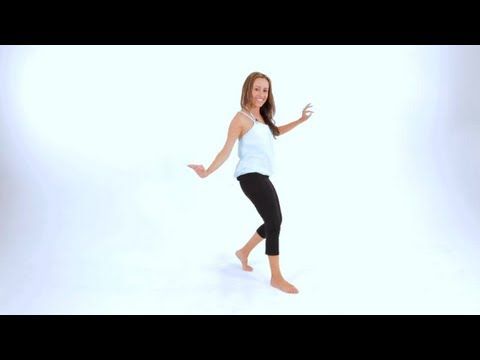How does fast dancing affect your heart rate
Health & Wellness Fridays: Heartbeat Dance Party
Have you ever felt a thumping feeling in your chest after playing your favorite sport or game? That’s your heart pounding. Your heart is a muscle that sends blood through your arteries to provide oxygen and nutrients to the rest of your body. When you’re active, like when you run, jump, dance, or climb, your heart beats faster because the rest of your muscles need more oxygen than normal! The sound of your heartbeat thumping away is the sound of your heart making sure your body has enough oxygen to keep on running, jumping, dancing, and climbing.
The arteries that are closest to the skin are known as pulse points. That’s because it’s easy to find and measure your pulse there. Two of the easiest pulse points are on your wrist and on your neck. Today, we’re going to get our heart pumping, then learn how to measure our heart rate. Get ready for a heartbeat dance party!
Note: The average heart rate for a child is 90 beats per minute when not exercising. During exercise, their heart rate may increase to between 120 and 220 beats per minute.
Materials & Instructions
Stopwatch or timer – try using the one on your phone!
Paper
Something to write with
Good dance music (see kid-friendly playlist below)
STEP 1: Get comfortable! Sit down and take a few deep breaths. You’re about to take your starting pulse. Place two fingers either on your neck under the jaw or on your wrist near the bottom of your thumb. Can you feel your pulse? Grownups, you may need to help with this step.
STEP 2: Set a timer for 15 seconds (or have your stopwatch run for 15 seconds) and count how many times your heart beats within those 15 seconds. Multiple the number of times your heartbeat by 4.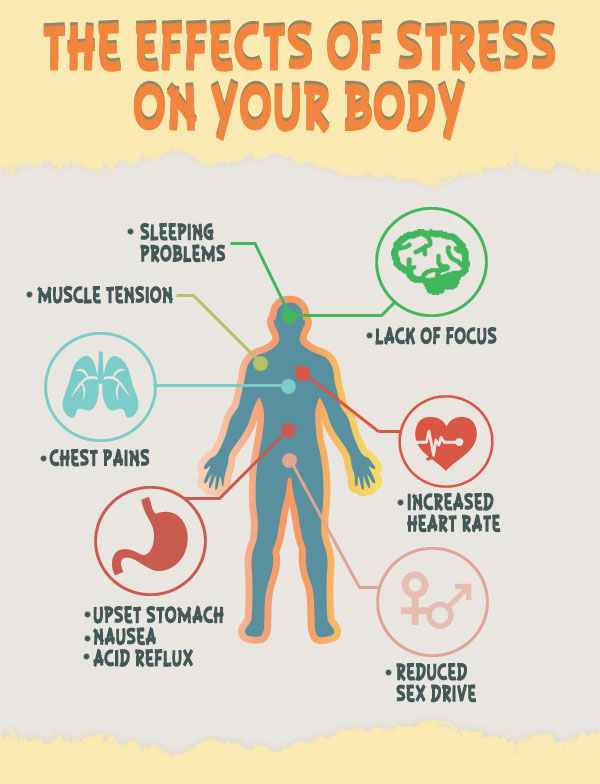 Grownups, you may need to help with multiplication. This is your resting heart rate. Your body doesn’t need extra oxygen right now.
Grownups, you may need to help with multiplication. This is your resting heart rate. Your body doesn’t need extra oxygen right now.
STEP 3: It’s time to dance! Turn on some catchy tunes and dance your heart out for a few minutes. Jump, run, kick, breakdance, wave your arms, wiggle your nose. Get that heart rate pumping! Once you’re done, take your pulse again. This is your heart rate after exercising.
STEP 4: Do some stretches, take some deep breaths, or sit quietly for a few minutes. After you feel your heart rate slow down, measure your pulse again. How has it changed?
For older children, help them create a simple graph of how their heart rate changed with movement like the one shown here. Use the vertical line to represent heart rate; use the horizontal line to label the different steps we tried today – your resting heart rate, your heart rate after exercising, and your final heart rate.
Resources: heart.org | kidshealth. org
org
Vocab Words
Heart: A muscle that pumps blood through your arteries so that your body gets the oxygen and nutrients it needs.
Arteries: Arteries are tubes that carry blood from the heart to all parts of the body.
Pulse: Your pulse is the thump you feel from the blood flowing through your artery. Because the speed of your heartbeat determines how fast the blood flows through your artery, measuring the thump of your pulse is the same as measuring your heart rate!
Heart Rate: How fast or slow your heart is moving.
Sweaty Science: How Does Heart Rate Change with Exercise?
Share on Facebook
Share on Twitter
Share on Reddit
Share on LinkedIn
Share via Email
Print
Key concepts
The heart
Heart rate
Health
Exercise
Introduction
Have you ever wondered how many times your heart beats in a day, a month, a year—or will beat in total throughout your life? Over an average lifetime, the human heart beats more than 2.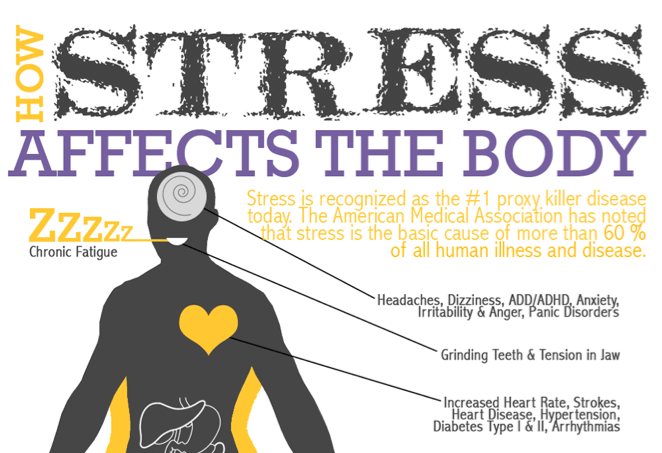 5 billion times. For a person to keep their heart healthy, they should eat right, not smoke and get regular exercise. In this science activity, you'll measure your heart rate during different types of physical activities to find out which gives your heart the best workout to help keep it fit.
5 billion times. For a person to keep their heart healthy, they should eat right, not smoke and get regular exercise. In this science activity, you'll measure your heart rate during different types of physical activities to find out which gives your heart the best workout to help keep it fit.
Background
A 150-pound adult has about 5.5 liters of blood on average, which the heart circulates about three times every minute. A person's heart is continuously beating to keep the blood circulating. Heart health experts say that the best ways to keep our hearts healthy is through a balanced diet, avoiding smoking and regular exercise.
Exercise that is good for your heart should elevate your heart rate. But by how much, for how long and how often should your heart rate be elevated? This has to do with how fit you are and your maximum heart rate, which, for adults, is about 220 beats per minute (bpm) minus your age. For example, if you are 30 years old, your maximum heart rate would be 190 bpm.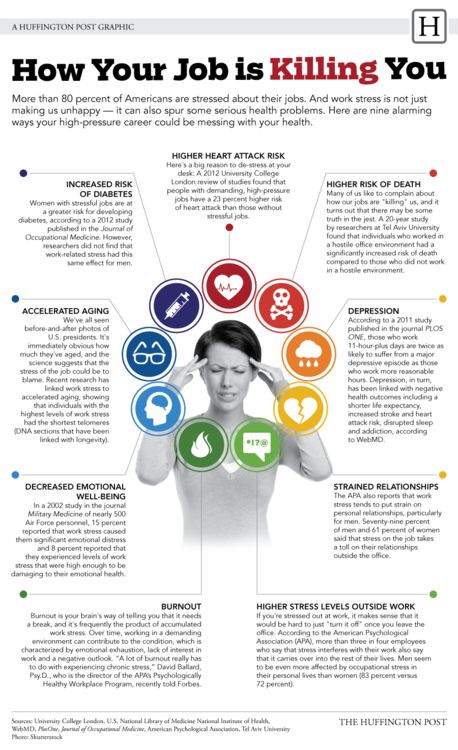 The American Heart Association (AHA) recommends doing exercise that increases a person's heart rate to between 50 to 85 percent of their maximum heart rate. This range is called the target heart rate zone. The AHA recommends a person gets at least 30 minutes of moderate to vigorous exercise—exercise that elevates their heart rate to the target heart rate zone—on most days of the week, or a total of about 150 minutes a week.
The American Heart Association (AHA) recommends doing exercise that increases a person's heart rate to between 50 to 85 percent of their maximum heart rate. This range is called the target heart rate zone. The AHA recommends a person gets at least 30 minutes of moderate to vigorous exercise—exercise that elevates their heart rate to the target heart rate zone—on most days of the week, or a total of about 150 minutes a week.
Materials
• Scrap piece of paper
• Pen or pencil
• Clock or timer that shows seconds or a helper with a watch
• Comfortable exercise clothes (optional)
• Simple and fun exercise equipment, such as a jump rope, bicycle, hula-hoop, two-pound weight, etc. Alternatively you can do exercises that do not require equipment, such as walking, doing jumping jacks, jogging in place, etc. You will want to do at least two different types of exercises, both of which you can sustain for 15 minutes. (Remember to always stop an exercise if you feel faint.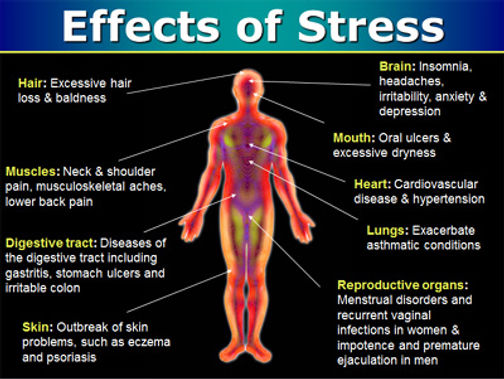 )
)
• Calculator
Preparation
• Practice finding your pulse. Use the first two fingers of one hand to feel your radial pulse on the opposite wrist. You should find your radial pulse on the "thumb side" of your wrist, just below the base of your hand. Practice finding your pulse until you can do it quickly. (You can alternatively take your carotid pulse to do this activity, but be sure you know how to safely take it and press on your neck only very lightly with your fingers.)
• Measure your resting heart rate, which is your heart rate when you are awake but relaxed, such as when you have been lying still for several minutes. To do this, take your pulse when you have been resting and multiply the number of beats you count in 10 seconds by six. This will give you your resting heart rate in beats per minute (bpm). What is your resting heart rate? Write it on a scrap piece of paper.
• You will be measuring your heart rate during different types of physical exercises over a period of 15 minutes. Choose at least two different exercises. Some examples include jumping rope, lifting a two-pound weight, riding a bike, hula-hooping, walking, etc. Gather any needed materials. (If you want to make a homemade hula-hoop, steps for doing this are given in the activity Swiveling Science: Applying Physics to Hula-Hooping .) Do you think the activities will affect your heart rate differently? How do you think doing each activity will affect your heart rate?
Choose at least two different exercises. Some examples include jumping rope, lifting a two-pound weight, riding a bike, hula-hooping, walking, etc. Gather any needed materials. (If you want to make a homemade hula-hoop, steps for doing this are given in the activity Swiveling Science: Applying Physics to Hula-Hooping .) Do you think the activities will affect your heart rate differently? How do you think doing each activity will affect your heart rate?
Procedure
• Choose which exercise you want to do first. Before starting it, make sure you have been resting for a few minutes so that your heart is at its resting heart rate.
• Perform the first exercise for 15 minutes. While you do this, write down the number of beats you count in 10 seconds after one, two, five, 10 and 15 minutes of activity. (You want to quickly check your pulse because it can start to slow within 15 seconds of stopping exercising.) How do the number of beats you count change over time? How did you feel by the end of the exercise?
• Calculate your heart rate after one, two, five, 10 and 15 minutes of exercise by multiplying the number of beats you counted (in 10 seconds) by six.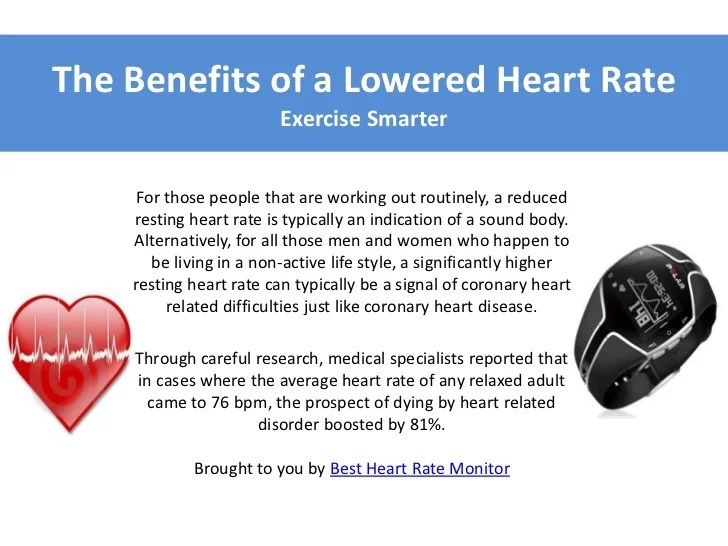 How did your heart rate (in bpm) change over time?
How did your heart rate (in bpm) change over time?
• Repeat this process for at least one other exercise. Leave enough time between the exercises so that your heart rate returns to around its normal resting level (this should only take a few minutes). How did you feel by the end of the second exercise? How did your heart rate change over time for this exercise?
• Take a look at the results you wrote down for this activity. Which exercise increased your heart rate the most? Which exercise increased your heart rate the fastest? Which exercise(s) elevated your heart rate to the target heart rate zone (50 to 85 percent of your maximum heart rate, where your maximum heart rate is 220 bpm minus your age)? Do you notice any consistent patterns in your results?
• Extra: Try this activity again but test different physical exercises. How does your heart rate change when you do other exercises? How are the changes similar and how are they different?
• Extra: Measure your heart rate while lying down, while sitting down, and while standing.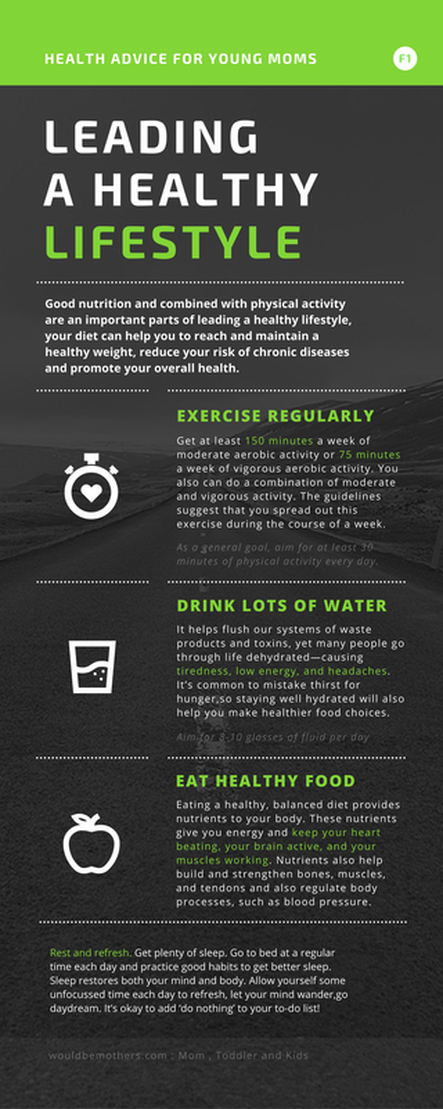 How does your heart rate change with body position?
How does your heart rate change with body position?
• Extra: Repeat this activity with other healthy volunteers. How does their heart rate compare to yours? How does their change in heart rate while exercising compare to how yours changed?
• Extra: Try this activity again but vary the intensity of your exercise. What intensity level elevates your heart rate to 50 percent of its maximum heart rate? What about nearly 85 percent of its maximum? Be sure not to exceed your recommended target heart rate zone while exercising!
Observations and results
After just a minute of exercise, did you see your heart rate reach its target heart rate zone? Did it initially jump higher for a more strenuous exercise, like hula-hooping, compared to a more moderately intense exercise, such as walking?
If you did a moderately intense exercise, such as walking, you may have seen an initial jump in your heart rate (where your heart rate falls within the lower end of your target heart rate zone within about one minute of exercise), but then your heart rate only slowly increased after that.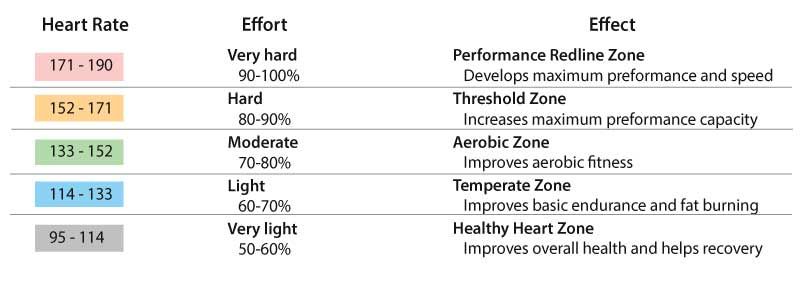 After 15 minutes, you may have reached the middle of your target heart rate zone. To reach the upper end, people usually need to do a moderately intense exercise for a longer amount of time (such as for 30 minutes). If you did a more strenuous exercise—hula-hooping, for example—you may have seen a higher initial bump in your heart rate (such as reaching the middle of your target heart rate zone after just one minute of exercise), and then your heart rate stayed about the same for the remaining 14 minutes of exercise. Overall doing a more strenuous exercise generally raises a person's heart rate faster compared to doing an exercise that is only moderately intense.
After 15 minutes, you may have reached the middle of your target heart rate zone. To reach the upper end, people usually need to do a moderately intense exercise for a longer amount of time (such as for 30 minutes). If you did a more strenuous exercise—hula-hooping, for example—you may have seen a higher initial bump in your heart rate (such as reaching the middle of your target heart rate zone after just one minute of exercise), and then your heart rate stayed about the same for the remaining 14 minutes of exercise. Overall doing a more strenuous exercise generally raises a person's heart rate faster compared to doing an exercise that is only moderately intense.
More to explore
Target Heart Rates, from the American Heart Association
Cut to the Heart, from NOVA and PBS
Life's Simple 7—Get Active, from the American Heart Association
Heart Health: How Does Heart Rate Change with Exercise?, from Science Buddies
This activity brought to you in partnership with Science Buddies
ABOUT THE AUTHOR(S)
Health benefits of dancing | RBC Style
Zdorovye
Shot from the movie Pulp Fiction
© kinopoisk
Author Natalya Germanovich
August 08, 2021
We will tell you why dancing is sometimes more useful than regular fitness, and what effect dance exercises have on the body and psyche
We are all looking for ways to feel healthier, more energetic and happier.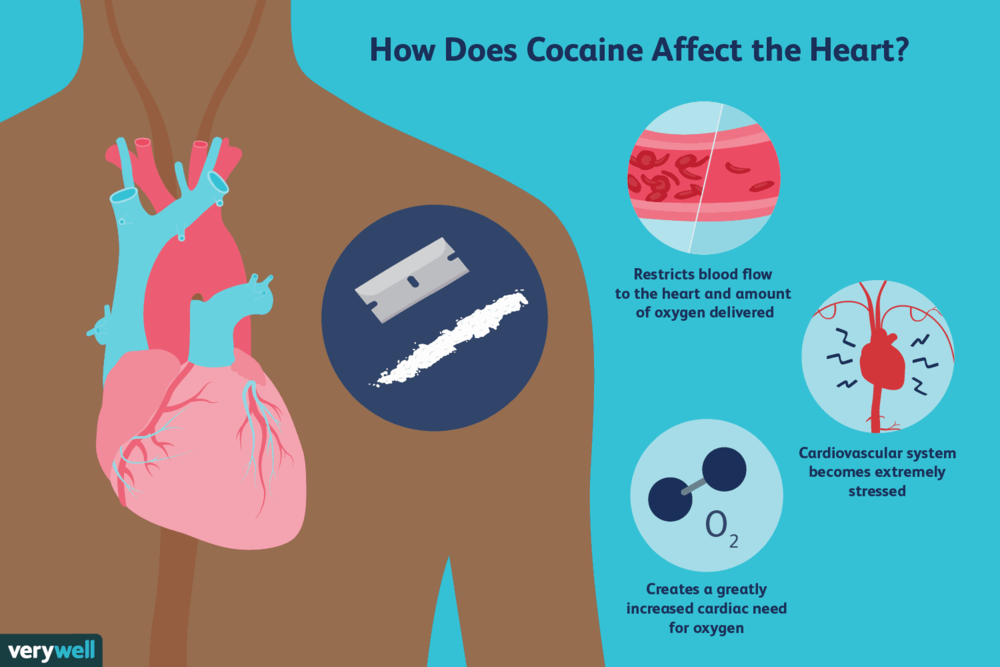 According to research by Japanese scientists, dancing is the most effective exercise that helps maintain not only physical but also psychological health. For eight years, experts have observed 1,000 women who practiced yoga, walking, rhythmic gymnastics and other sports. It turned out that 73% of those who practiced dancing specifically had the highest health scores compared to other participants in the study who chose other sports. [1
According to research by Japanese scientists, dancing is the most effective exercise that helps maintain not only physical but also psychological health. For eight years, experts have observed 1,000 women who practiced yoga, walking, rhythmic gymnastics and other sports. It turned out that 73% of those who practiced dancing specifically had the highest health scores compared to other participants in the study who chose other sports. [1
The main advantage of dancing is that people of any age and any build can do it. Tap or twerk - you can choose any dance rhythm. “Bonuses” from these classes can be felt already in the first week of classes.
How to choose a dance?
Advertising on RBC www.adv.rbc.ru
In addition to aesthetic and musical criteria, physical activity should also be taken into account in dancing. On average, a person is able to burn 250-400 kcal per hour of training. But it depends on the intensity of the movements and the style of the dance.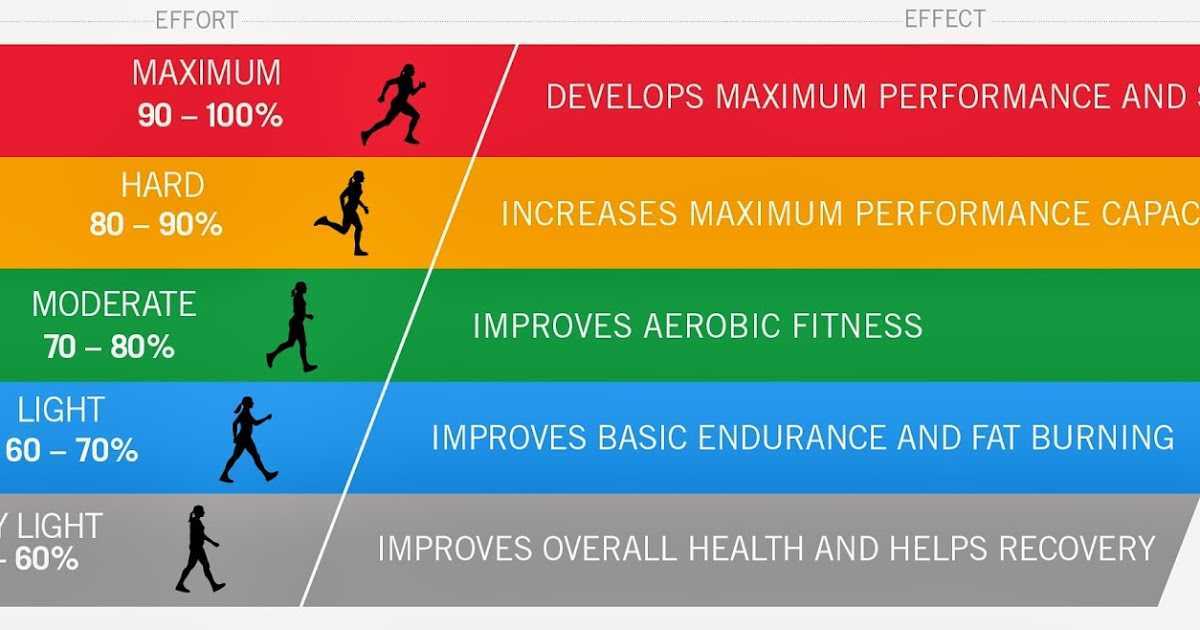 Step is one thing, in which the lower body is more actively involved, and acrobatic types, where all muscle groups work, are quite another.
Step is one thing, in which the lower body is more actively involved, and acrobatic types, where all muscle groups work, are quite another.
How many calories are spent on dancing:
- pole dance — 800 kcal/hour [2]
- jazz-modern/jazz-funk — up to 600 kcal/hour — [3]
- breakdance — 650 kcal/hour [4]
- twerk — 480 kcal/hour [5]
Such intense exercise is suitable for healthy people who may have already had or already have experience in sports.
Beginners who still want to move actively are more suitable:
- classical ballet - 429kcal/hour [6]
- tap dance — 394 kcal/hour [7]
- latin dances — 343 kcal/hour [8]
Do not write off the classics. Waltz and foxtrot on average will help to spend 283 kcal / hour. This is an ideal load for people who have limitations associated with the state of the body.
In any case, both fast and slow movements lower the heart rate, burn calories and help improve the functioning of the body.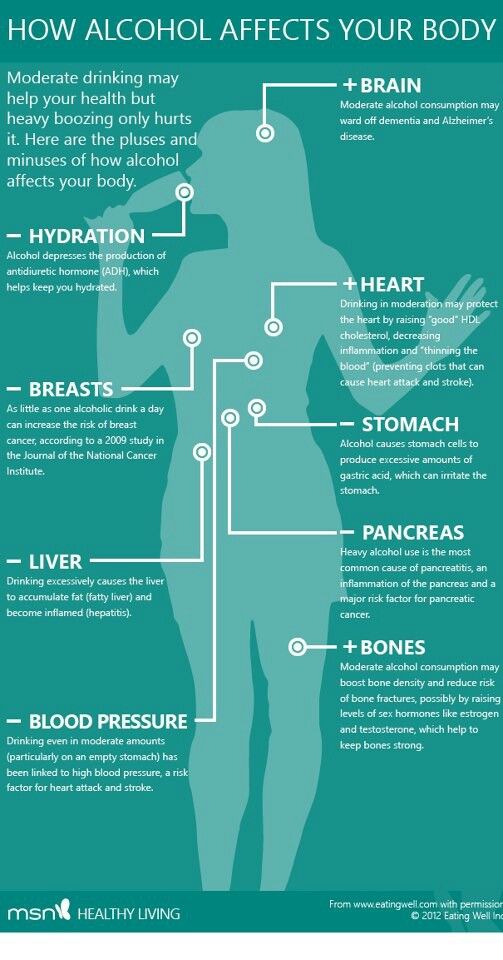 [9]
[9]
A frame from the movie "Dirty Dancing"
© kinopoisk
What else is dancing good for?
Increases the overall tone of the body
Dancing involves a large part of the body, so this hobby can easily replace routine cardio workouts. Since a sedentary lifestyle reduces the health of the cardiovascular system (according to WHO, a person should move at least 150-300 minutes a week, but more is better [10]), dancing helps reduce the risk of getting hypertension, as well as problems with the heart and blood vessels. [11]
More strength appears
Constant fatigue and drowsiness have a negative impact on the quality of life. According to a 2017 study, weekly dance classes make adults more energetic. And if you increase the load to 150 minutes a week, this will reduce the risk of insomnia. Physical fatigue contributes to rapid sleep. [12]
The brain begins to work better
Dancing stimulates several parts of the brain at once, because it makes you focus on the constant movement of the body in space and on memorizing dance patterns.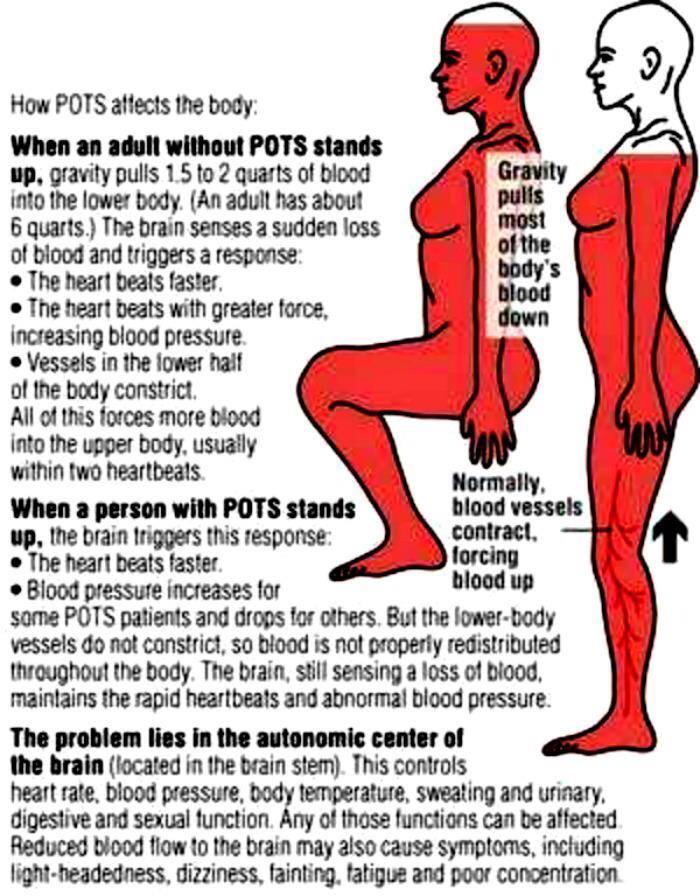 First, this is how we develop coordination. Secondly, long-term memory and cognitive abilities are improved. Studies have confirmed that dancing helps the growth of "white matter", which helps the brain perform these functions smoothly. [13]
First, this is how we develop coordination. Secondly, long-term memory and cognitive abilities are improved. Studies have confirmed that dancing helps the growth of "white matter", which helps the brain perform these functions smoothly. [13]
Thirdly, it reduces the risk of dementia and Parkinson's disease in old age. Dancing also helps develop new neural connections that are responsible for orientation in space and the executive functions of the brain: concentration, planning, cognitive inhibition, and any other decision-making activities. [14]
Mental and emotional well-being improves
Through dancing, the body produces “happy hormones” – serotonin and oxytocin. The first is formed due to physical activity, and the second is when we begin to feel that we are getting dance moves.
All these chemical processes, as well as music, rhythm, monotonous repetitions of movements, help to get rid of obsessive unpleasant thoughts, which often lead a person into a state of anxiety and increase the risk of depression. University of Hertfordshire psychology professor Peter Lovatt, in his book Dance psychology: the science of dance and dancers, claims that a person receives a charge of good mood while dancing, enough for a week. [15]
University of Hertfordshire psychology professor Peter Lovatt, in his book Dance psychology: the science of dance and dancers, claims that a person receives a charge of good mood while dancing, enough for a week. [15]
A still from the movie "Chicago"
© kinopoisk
Increases self-esteem and leaves the feeling of loneliness
Dancing is social entertainment. Starting classes, you get to know a large number of like-minded people. Regular training not only improves the physical and psychological state, but also helps a person to express himself, remove psychological blocks, and liberate himself. Sometimes, some people are the only way to throw out their emotions. Such a hobby, indeed, can strengthen self-esteem and help to believe in yourself. [16]
What is important to consider before starting to dance?
In dancing, as in any other sport, precautions must be taken to minimize the risk of injury.
- Before you start exercising, stretch to warm up your muscles.

- Drink water during and after exercise.
- Stop if you feel pain. Some types of dances are a heavy physical load that beginners are not always ready to cope with the first time. A five-minute break won't make you a worse dancer, but it will help your body adjust to the stress.
- Give yourself time to cool down when you're done. A ten-minute walk at a calm pace will help the muscles relax gradually.
- Previous injuries, illnesses, pregnancy - an occasion to once again consult a doctor before starting training.
Tags: sport , fitness , psychology
Dance classes - plasticity, coordination of movements and self-confidence
Health
Dancing is one of the healthiest forms of physical activity.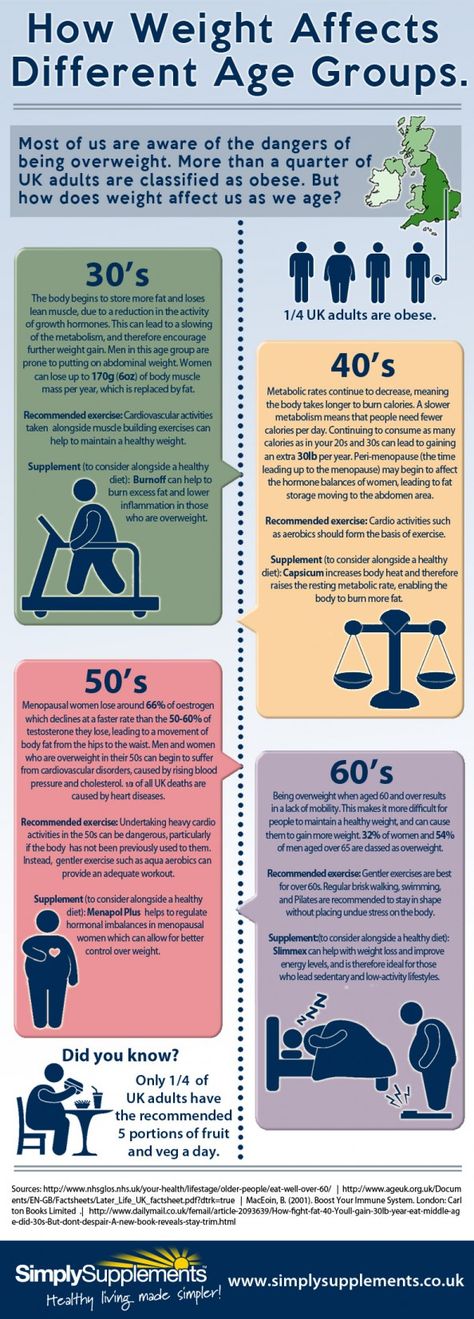 It doesn't matter which type of dance you choose - ballroom, modern, latin or classical - each style will bring a number of physical and psychological benefits. What are the advantages of dancing in the studio https://www.hld.com.ua/ for children and adults?
It doesn't matter which type of dance you choose - ballroom, modern, latin or classical - each style will bring a number of physical and psychological benefits. What are the advantages of dancing in the studio https://www.hld.com.ua/ for children and adults?
Dancing is popular
Dancing, especially ballroom dancing, has become very popular in recent years, mainly due to the Dancing with the Stars program. This is one of the rare cases where television has improved the health and fitness of many people, because dancing is undoubtedly one of the healthiest forms of spending free time.
Benefits of dancing
The list of benefits that dance provides is extensive and not limited to positive effects on appearance and physical fitness. Thanks to this type of activity, you can stay young for a long time - both in body and spirit.
Dancing strengthens the physical condition.
Dancing is a form of aerobic exercise, that is, exercise that increases your heart rate and blood circulation.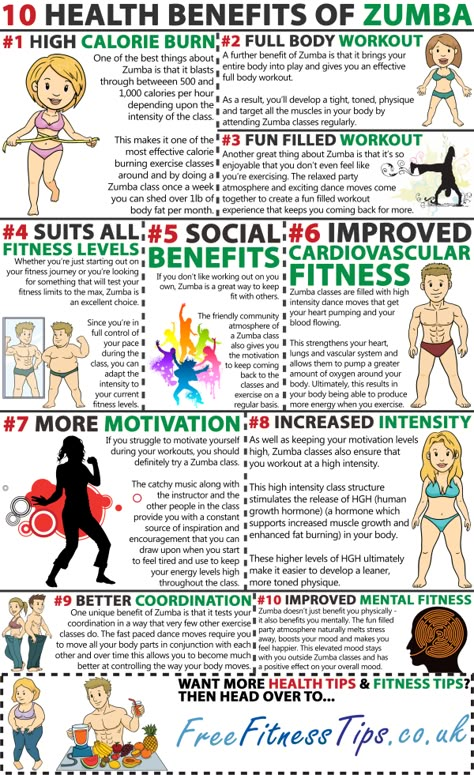 Its influence on the body is difficult to overestimate. Regular aerobic exercise strengthens the heart and thus increases its ability to pump blood. What does it mean? The heart, figuratively speaking, wears out more slowly and is less susceptible to diseases such as coronary disease. In addition, training leads to the fact that all organs and tissues are better oxygenated and, therefore, better nourished. It also increases the body's resistance to stress.
Its influence on the body is difficult to overestimate. Regular aerobic exercise strengthens the heart and thus increases its ability to pump blood. What does it mean? The heart, figuratively speaking, wears out more slowly and is less susceptible to diseases such as coronary disease. In addition, training leads to the fact that all organs and tissues are better oxygenated and, therefore, better nourished. It also increases the body's resistance to stress.
Dancing helps to lose weight.
The load associated with dance causes an increase in energy changes in the body. A faster metabolism, in turn, means that the body burns stored fat faster. The more dynamic the dance and the more the athlete sweats during the dance, the easier it is to lose weight.
Dancing improves flexibility and plasticity.
Dancing, unlike strength training, not only improves muscle strength, but also increases flexibility. Some types of dances, especially Latin American dances, require "cat" movements:
- hip swing,
- tilt,
- sensual hand movements.

